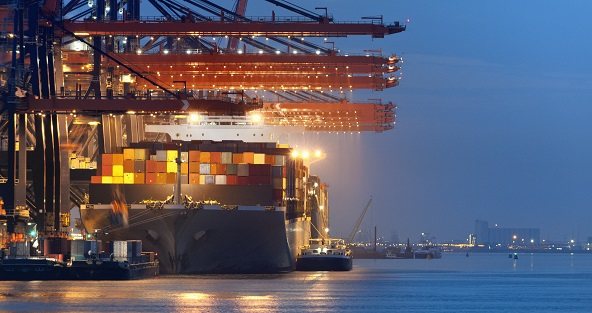The global liquid petrochemical freight market is facing price hikes in 2023 as charterers continue challenging negotiations with shipowners over the cost of affreightment contracts or COAs for the coming year, market participants said late December.
One South Korean aromatics trader said COAs for routes from the country to northeast China were about $4/mt higher year on year for parcels of around 5,000 mt, while on the longer route to the US Gulf were heard being negotiated well above $100/mt — up from around $60/mt for 2022. Chemical products are typically shipped in small parcels aboard larger vessels.
The spot freight market saw rates surge in 2022 and could spike further if trade activity picks up further in 2023.
The spot freight rate for a 2,000-3,000 mt cargo on the busy trade route from South Korea to east China weakened to be assessed at $43/mt Dec. 13 after touching a year-to-date high at $56/mt June 20-22, S&P Commodity Insights data showed, but was still up 13% from $38/mt on Dec. 13, 2021.
On a long-haul route from South Korea to the US Gulf for a 10,000 mt cargo, rates surged 152% to $164/mt Dec. 13 from $65/mt on the same date in 2021.
In Southeast Asia, rates have also been supported in 2022 by demand for vessels from the palm oil sector, while cargo flows out of Asia throughout the year have resulted in tight vessel supply as fewer cargoes are available for the backhaul journey.
Competition from the palm oil industry has been a major factor in the year as food security becomes a key concern for many countries in the wake of Russia’s invasion of Ukraine.
MRs depart segment
Over the course of 2022, so-called swing tonnage from larger medium range tankers, typically ranging from 25,000-60,000 deadweight mt, has largely moved out of the petrochemical segment to again concentrate on petroleum products, according to Lucas Vos, President of Norway’s Stolt Tankers, which has a fleet of 164 ships.
“The main effect we experienced because of the pandemic was that more ships from the MR segment moved into our market as the movement of oil and other related products was restricted,” Vos said in late November.
The core petrochemical fleet is expected to shrink further due to the low number of newbuilds due to be delivered over 2022 and 2023, he added.
“With older ships being retired, this will undoubtably result in less tonnage being available on the water,” Vos said. “We believe spot rates will remain at current levels, or we may even see further rate increases, due to the favorable supply-demand situation,” he added.
The war in Ukraine has caused disruptions in the global petrochemical supply chain, with more indirect routes now being used to move cargoes, Vos said.
“Particularly around Europe, this is resulting in longer sailing times from port to port and more ships are required to move the same amounts of product. We expect that Asia will also see a similar impact, but to a lesser extent,” he added.
Opting for spot
The rising offers from shipowners during the COA negotiations in late 2022 was pushing petrochemical traders toward opting more for spot rates.
“Next year more spot cargoes instead of term commitment; the vessel price will surely not drop because shipowners know this very well. Next year will be tough,” a Singapore-based trader said.
With demand in China looking sluggish and the outlook for many petrochemical products looking weak for 2023, traders and petrochemical producers are facing many uncertainties, and committing to a COA might simply be too risky, especially since prices are firm.
“With current spot freight higher compared to previous years, under such tight conditions, we are seeing most owners less keen on performing COA,” a shipbroker said.
Source: Hellenic Shipping News






